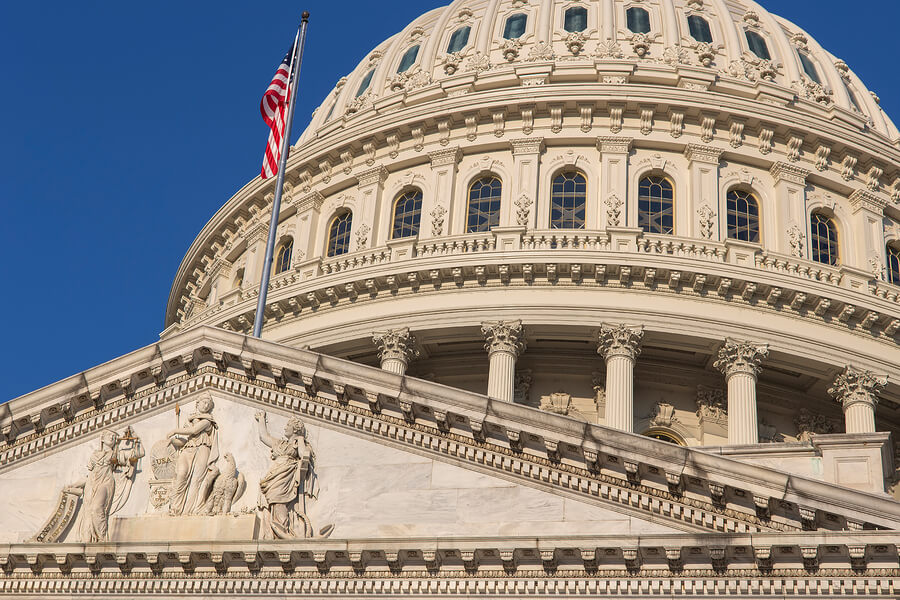People who went for annual physicals throughout their adult lives are surprised to learn that Medicare does not cover an annual physical. It seems counterintuitive–wouldn’t you want to have more care, not less, so you can age well? But Medicare rules are different.
Many people learn about this the first time they go for an annual physical after signing up for Medicare and getting a bill. Figuring out which services Medicare covers and those not covered is confusing. Choosing the wrong coverage can cause substantial costs.
Here is what you need to know about Medicare and annual care. Medicare believes you need an “Annual Wellness Visit”- an overview of your general health.
Medicare Part B covers an individual for an Annual Wellness Visit if:
- they have had Part B for over 12 months, and
- have not received an Annual Wellness Visit in the past 12 months.
When making an appointment, it is essential to stick with the right phrase: You want an “Annual Wellness Visit,” not a checkup or an annual physical. Often, the Annual Wellness Visit may uncover a condition requiring further diagnosis. If this happens, the examination and tests for the condition will qualify for payment under Part B.
The doctor will review both you and your family’s medical history and any potential risk factors like diabetes and hypertension during the visit. They will check your height, weight, BMI (Body Mass Index), and BP (blood pressure). They will also ask you to fill out a risk-assessment questionnaire and create a schedule for the next ten years for tests, including colonoscopies, mammograms, and other screenings. During the visit, the healthcare provider will also observe your cognitive functions and look for signs of depression.
A wellness visit is not a physical examination, where your physician performs a literal hands-on examination. Doctors learn a lot by palpating various parts of your body. They check the head and neck, listen to lungs and heart, make sure the eyes track moving objects correctly. Blood work measures vital health indicators like lipid and sugar levels. Urine tests check kidney functions. Usually, you come away with a sense of relief and a vow to take better care of yourself.
So why won’t Medicare pay for an annual physical? When first enacted, Medicare’s primary goal was to cover the medical diagnosis and treatment of the elderly. Preventive services and routine physical checkups are still excluded. That is why Medicare does not cover items like glasses and hearing aids.
Medicare Advantage plans recently received permission to add services not covered by traditional Medicare, physical exams, and other services such as dental care, glasses, and hearing aids. However, not all Medicare Advantage plans offer limited or no expanded care, and the copays and deductibles are often high. It only adds to consumer confusion. Those with traditional Medicare can buy separate vision and dental plans and are usually more comprehensive than those offered by Medicare Advantage.
And add to that a “Welcome to Medicare” preventive visit that patients can have when Medicare coverage begins. But you cannot have both a Welcome visit and an Annual Wellness Visit in the same 12-month period.
Patients are not the only ones confused. Providers do not always know the current rules. Most healthcare providers ask patients to sign agreements to pay for any services not covered by Medicare. That is when the patients get a surprise bill.
This confusion is why we offer a free Medicare consultation for seniors during the open enrollment season. We invite you to call our office at 516-307-1236 for a free consultation about your Medicare coverage. We want people to have the information they need to make an informed decision about their Medicare coverage. Since we are not an insurance agency, we have no bias for or against any insurance plan. Our goal is to make sure our clients have the best coverage.







